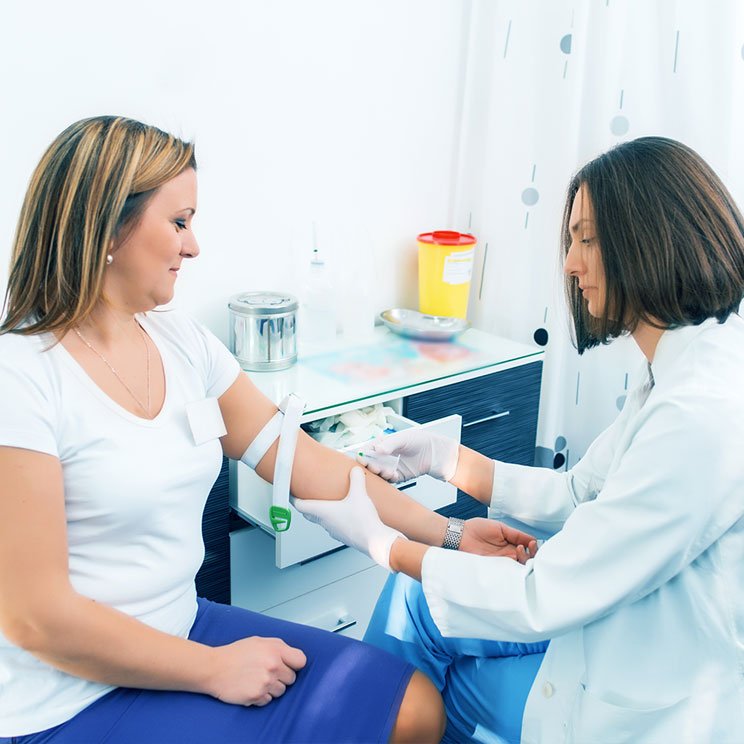Essential Guide to Phlebotomy: Techniques, Tips, and career insights
Phlebotomy is a crucial skill in the healthcare sector, involving the drawing of blood for medical tests, transfusions, donations, or research. This comprehensive guide will walk you through essential techniques, provide practical tips for phlebotomists, and offer valuable insights into building a successful career in this field.
What is Phlebotomy?
Phlebotomy refers to the procedure of making an incision in a vein to draw blood. Phlebotomists, trained professionals skilled in this technique, play a vital role in patient care and diagnostics.
Why is Phlebotomy Important?
- Diagnostics: Enables accurate blood testing to diagnose diseases.
- Transfusions: Essential for blood donations and transfusions.
- Research: Aids in medical research and clinical trials.
Phlebotomy Techniques
Mastering various techniques is key to becoming a successful phlebotomist. Here are some essential methods:
1.Venipuncture
Venipuncture is the most common method of drawing blood, usually performed on the inside of the elbow. Here’s how it’s typically done:
- Prepare the site by cleaning it with an antiseptic.
- Apply a tourniquet to make veins more visible.
- Insert the needle at a 15-30 degree angle.
- Collect the blood in a sterile tube.
- Remove the needle and apply pressure to prevent bleeding.
2.Capillary Blood Collection
This technique is frequently enough used for infants or patients with difficult veins. It involves pricking the skin, typically on a finger or heel, and collecting a small blood sample.
- Clean the puncture site.
- Use a lancet to make a small incision.
- Collect the blood using a capillary tube.
3. Safety and Infection Control
Safety is paramount in phlebotomy. Always adhere to these guidelines:
- Wear gloves and dispose of needles properly.
- Use aseptic techniques to prevent contamination.
- Be aware of standard precautions for bloodborne pathogens.
Practical Tips for Phlebotomy
Improving your phlebotomy skills requires practice and attention to detail. Here are some practical tips:
1. Interaction is Key
Engage with patients to alleviate fear and build trust. Explain the procedure clearly and reassure them throughout.
2. Prepare Your Tools
Organize your materials beforehand,including needles,collection tubes,and antiseptics,to ensure a smooth process.
3. Practice Makes Perfect
- Regularly practice on mannequins or simulated models.
- Participate in workshops and training sessions.
4. Stay Updated
Continuously educate yourself on the latest techniques and industry standards through certifications and courses.
Benefits of a Career in Phlebotomy
Choosing a career in phlebotomy can yield numerous benefits:
- Job Demand: With a growing healthcare sector, phlebotomists are in high demand.
- Flexible Working Hours: Opportunities to work in hospitals, laboratories, or even as independent contractors.
- short Training Period: Many phlebotomy programs can be completed in a matter of weeks to months.
Career Insights for Aspiring Phlebotomists
Here are some insights for those considering a career in phlebotomy:
- Education: Most positions require at least a high school diploma and completion of a phlebotomy training program.
- Certification: While not always required, certification can enhance job prospects.
- Skills Required: Good hand-eye coordination, attention to detail, and strong interpersonal skills are essential.
Table: Salary Overview for Phlebotomists
| Experience Level | Average Salary (Annual) |
|---|---|
| Entry-Level | $30,000 – $35,000 |
| Mid-Career | $35,000 – $45,000 |
| Experienced | $45,000 – $55,000 |
Case Studies: Success Stories in Phlebotomy
Real-life experiences can inspire and provide insights.For instance:
Case study 1: from Student to Professional
Jane, a recent graduate of a phlebotomy program, landed her first job at a local hospital through a networking event hosted by her school. By proactively seeking opportunities and cultivating relationships, she established herself quickly in her role.
Case Study 2: Upskilling for Advancement
Tom,a phlebotomist for five years,pursued additional certification in laboratory technology. This not only increased his earning potential but also opened doors for advancement into more specialized roles.
Conclusion
Phlebotomy is more than just drawing blood; it’s an essential part of patient care and medical diagnostics. With the right training, skills, and attitude, a career in phlebotomy can be fulfilling and prosperous. Whether you’re starting your journey or looking to hone your skills, this guide serves as a fundamental resource for navigating the world of phlebotomy.
